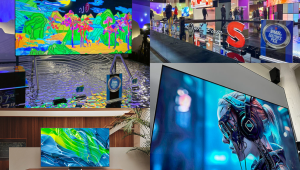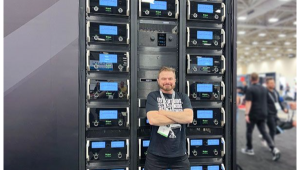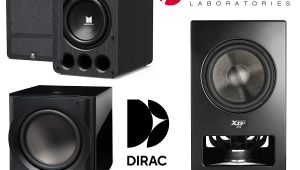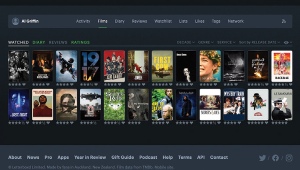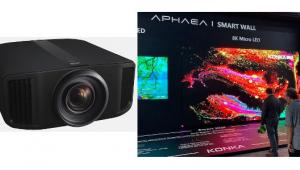The AVR Is Alive and Well...Thanks to Atmos
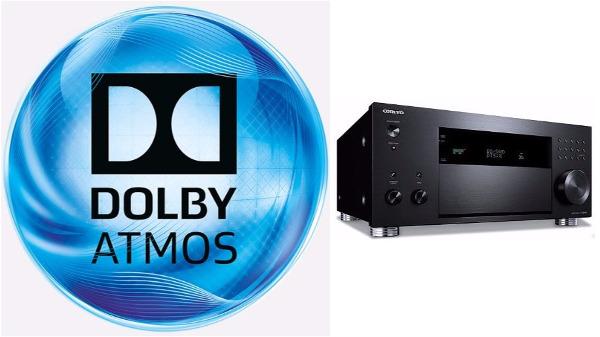
To be sure, soundbars and variants of the tabletop wireless speaker remain more attractive than ever to the mass market, which is largely eschewing the classic “hi-fi” system that many of us grew up with and became the AV receiver and 5.1 speakers we still consider the basic building block of a high-performance home theater. And, to be honest, these have gotten so good that it’s getting tough to make the argument against them. As I write this, I’m in the middle of evaluating four affordable soundbars ranging from $200 to $500 (watch for the reviews). Even with their limitations in dynamics, deep bass, and soundstaging, they are for the most part surprising me in a good way—a far, far cry from the amusical junk that gave the category a bad name in the first place.
But what I saw last year as a mere glimmer of hope for the AVR in the form of object-based audio has now become, in my purview, the receiver’s savior. At that time, Dolby Atmos surround sound had barely gotten a foothold, and DTS:X was not yet in products. Our experience as reviewers and enthusiasts with Atmos was limited to a small number of movie titles, many of which were clearly not taking full advantage of what could be done with overhead effects.
Fast-forward, and the only audio or video reviewers on our staff who don’t have an Atmos system are those who want one. Atmos soundtracks have become more plentiful and more artfully mixed, and with the right software the enhancement is significant enough to drive the engagement factor up a good few notches. Let’s put aside for a moment the lack of popular awareness of object-based audio generally or the benefits it provides, and the disinterest among most consumers in bringing home a complex AVR and the ten speakers and cables required for a truly effective 5.1.4-channel system. From a pure enthusiast perspective, it’s hard to see object-based audio as anything but a promise fulfilled.
Can a soundbar effectively deliver the Atmos experience? Well, sort of. Our reviews of Samsung’s HW-K950 (with its dedicated up-firing rear surrounds) and Yamaha’s YSP-5600 (which uses projected sound beams for all the back and height channels) suggest you can capture, to varying degrees, the essence of the discrete overhead effects that are the hallmark of object-based audio.
But let’s be clear: If the object of object-based audio is an enhanced spatial bubble that does a better job of placing you inside a movie’s virtual space, there’s little sense in layering the inherent soundbar compromises of a compressed front soundstage, the lack of true dedicated rear surround/height speakers, and limited bass/dynamics on top of a surround format whose whole purpose is to take you to another world. It’s like baking a cake and leaving off the frosting just to save the calories. Sure, it’s still a tasty treat, but if you know what you’re missing...
Soundbars have their place in this world, and a good one, with or without Atmos, will always trump TV speakers. On the other hand, if you’re gonna do object-based audio, my advice is to just do it. And there’s still no better vehicle for that than the tried-and-true AVR.

